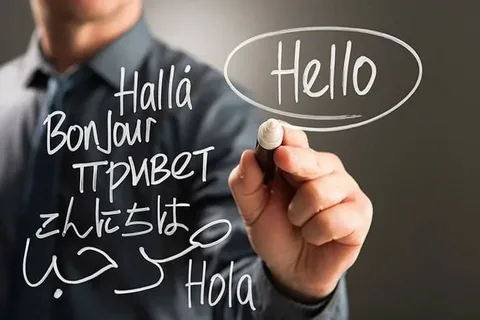Machine translation (MT) technologies of https://lingvanex.com/translation/english-to-tagalog, Google Translate, DeepL, and Microsoft Translator have an indelible impact on the landscape of the translation industry. The latter has with time grown into complicated algorithms and deep learning to increase accuracy. Still, the impact of MT on professional translators is a different discussion altogether.
Enhancing Efficiency
One of the major benefits of MT is its ability to enhance efficiency. This briefly mentions that translators can use MT tools, as much time is saved with them during the initial drafts. This can be quite helpful, mostly in big projects where the deadlines are very tight. This will give room for the translator to concentrate on perfecting the translation, correcting errors, and making sure the final product has a good read, apart from being natural and accurate.
The Threat to Jobs
Despite the potential benefits, there are concerns that MT might replace human translators. In cases where an assignment demands a pure literal translation, MT may very often give a fine result cheaply and quickly. The translator should keep in mind that MT does not know how to contextualize and the cultural idioms, nuances, or metaphors in order to produce a professional translation. Hence, there are areas of professional activity—legal or literary translation, for example—that require such accuracy and cultural adaptability that only a human expert can provide.
The Role of Post-Editing
This has increased the need for a procedure known as post-editing, where human translators revise and correct the machine-translated outputs. The hybrid approach of getting the best of both worlds—the speed and efficiency of machines, combined with pinpoint accuracy, creativity, and cultural understanding that could only be provided by humans.
Reshaping the Translation Industry
MT is changing the translation market and calling for new workflows and new skills from the worker. Today’s translators need to be technically capable, besides further developing post-editing skills that may suit the changing market.
The influence of machine translation on both the opportunities and risks that ensue in the work that professional translators do exerts a great pressure. This can thus create more productivity in new workflows, but at the same time, there is also the threat of older, more conventional types of work that translators do. But then language is also complicated and creative, and there is very sensitive stuff tied up in the cultural aspects of translation, so the need for human translators will be immense for a good long time. Perhaps, in the near future, there will be more alignment between man and machine, since both improve individual strengths brought to the table in order to ensure quality translation.
